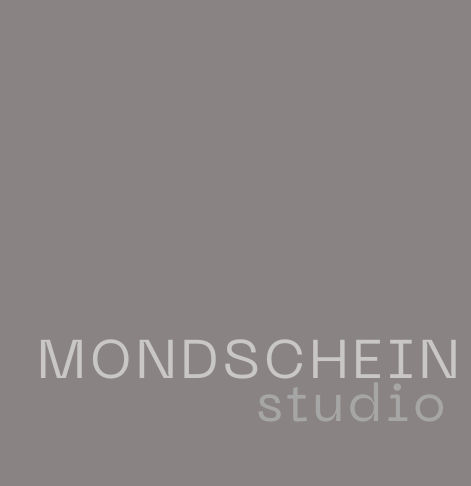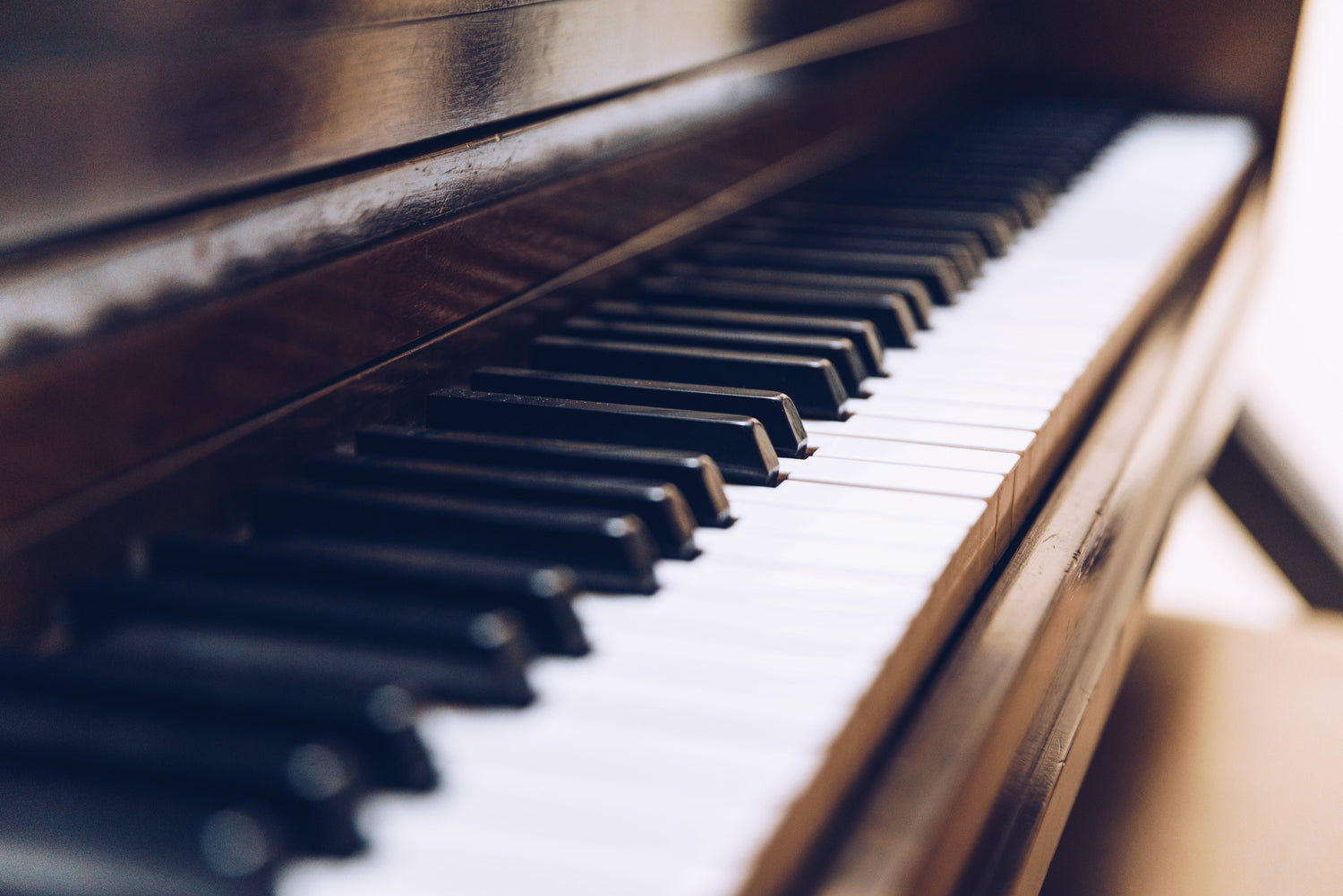
Overview
Keyboard Instruments
The development of keyboard instruments, from the intimate clavichord through the vibrant harpsichord to the powerful modern piano, traces a fascinating trajectory of musical and technological evolution.
The clavichord, favored for its expressive, albeit quiet, tone produced by striking strings with tangents, suited intimate settings of the Renaissance and Baroque.
As musical styles expanded, the harpsichord, with its plucked strings and bright, clear sound, became prominent, offering greater volume but limited dynamic variation.
However, the early 18th-century invention of the fortepiano, with its hammer-struck strings, revolutionized keyboard music. This innovation allowed for nuanced dynamics and a wider expressive range, filling the need for a more versatile instrument.
Over subsequent centuries, improvements in the piano's design, including its iron frame, action mechanisms, and soundboard, led to the creation of the modern piano, capable of immense power and subtle articulation.
This progression from the delicate clavichord and the sonorous harpsichord to the robust modern piano fundamentally reshaped keyboard music, enabling composers and performers to explore new depths of emotional expression and virtuosic performance.
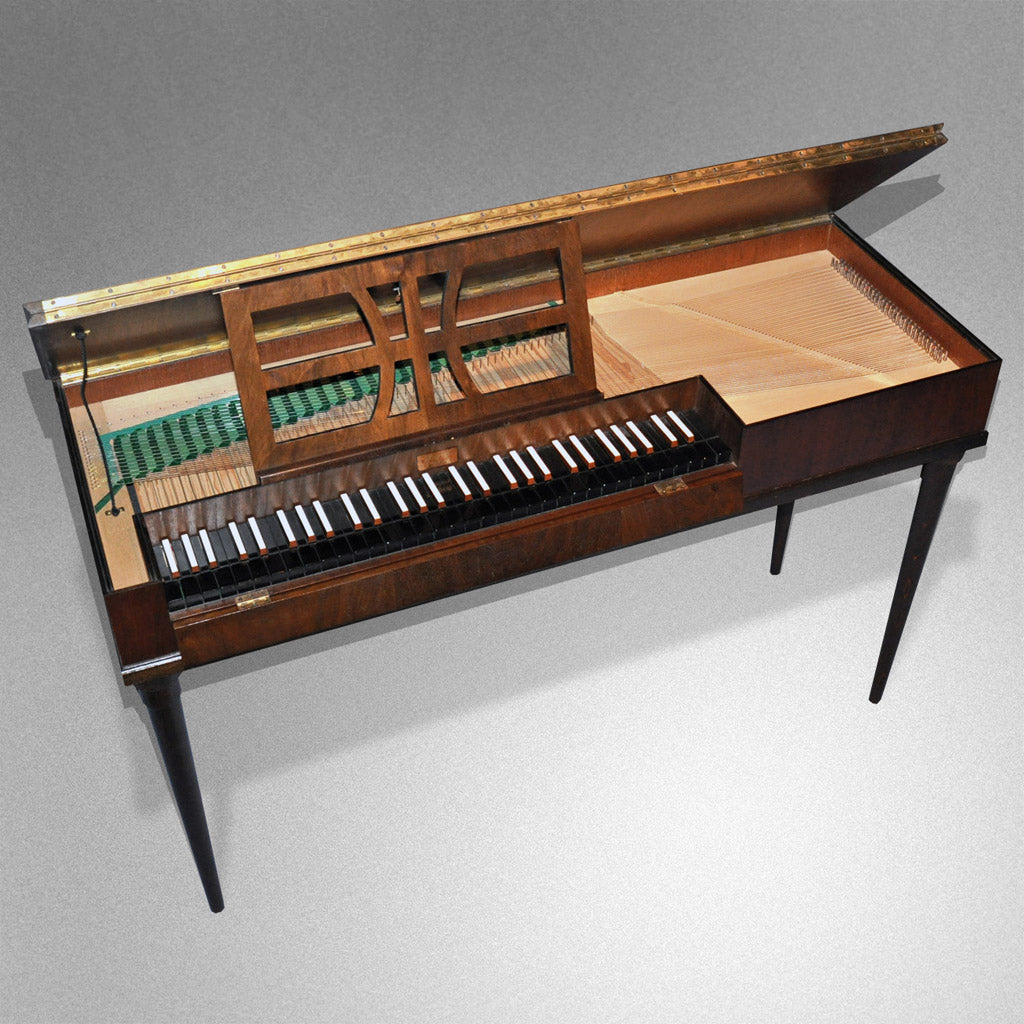
Intimate, expressive keyboard
Clavichord
The clavichord, a cherished keyboard instrument of the Renaissance and Baroque eras, produced its uniquely intimate sound by striking strings with small metal tangents. This direct contact allowed for an unparalleled degree of expressive control, enabling players to subtly manipulate volume and create a delicate vibrato known as "Bebung." Unlike the more robust harpsichord or the dynamically versatile piano, the clavichord's quiet volume rendered it unsuitable for large ensembles, confining its use to private settings and intimate chamber music. Consequently, it became a favored instrument for composers and amateur musicians alike, prized for its ability to convey nuanced emotions and facilitate personal musical expression.
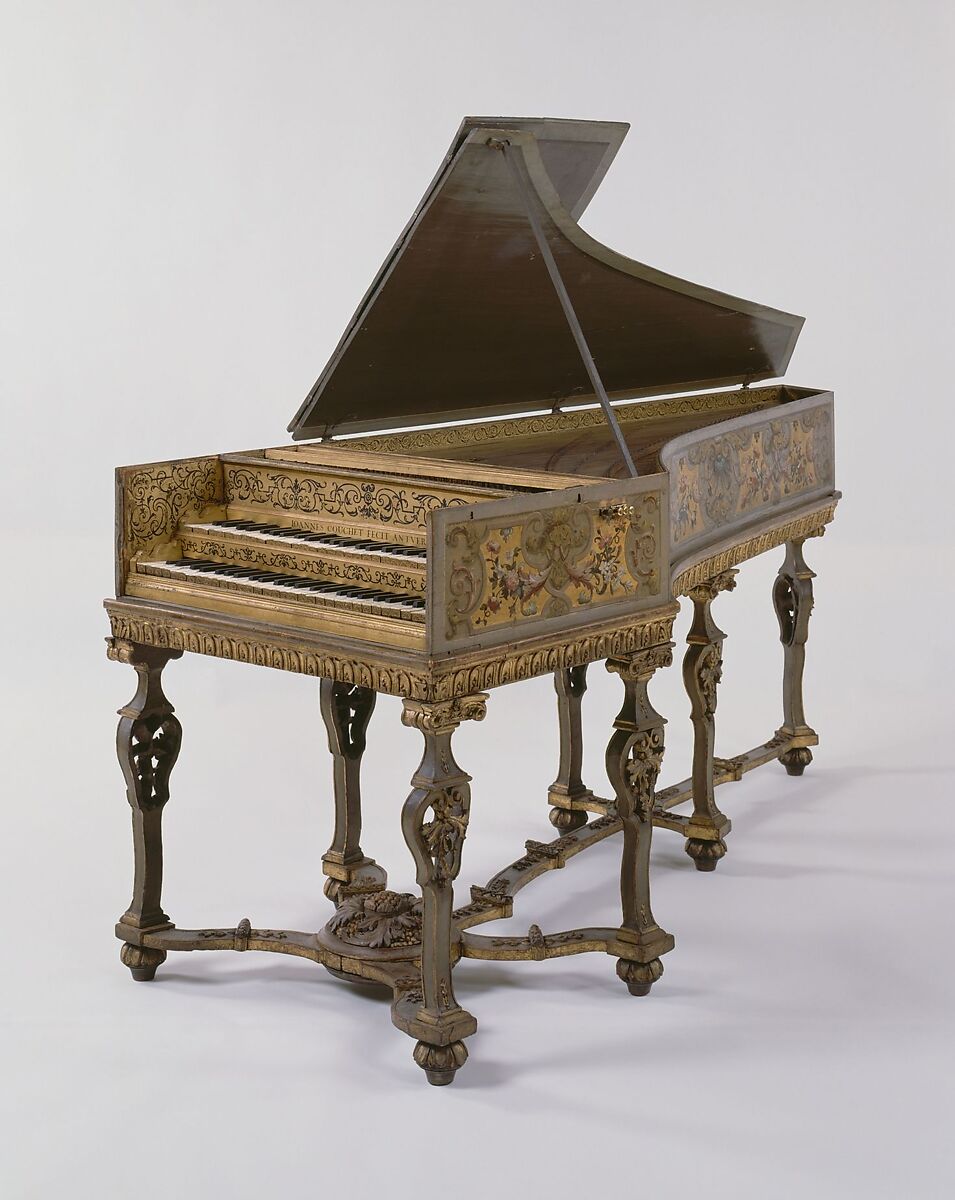
A Baroque Jewel
Harpsichord
The harpsichord, a key instrument of the Baroque period, generated sound through the plucking of strings by quills, creating a distinctive, bright, and crystalline tone. Unlike the clavichord, with its delicate touch, or the later piano, with its dynamic range, the harpsichord's volume remained relatively uniform. However, its clarity and articulation made it exceptionally well-suited for the intricate contrapuntal textures and ornamentation prevalent in Baroque compositions. Composers such as Johann Sebastian Bach, George Frideric Handel, and Domenico Scarlatti composed extensively for the harpsichord, exploiting its unique sonic qualities in solo works, chamber music, and orchestral settings. Its role extended beyond solo performance, serving as a vital component of the basso continuo, providing harmonic support in ensembles. The harpsichord's influence on the musical landscape of the Baroque era was profound, shaping the style and character of the music produced during that time.
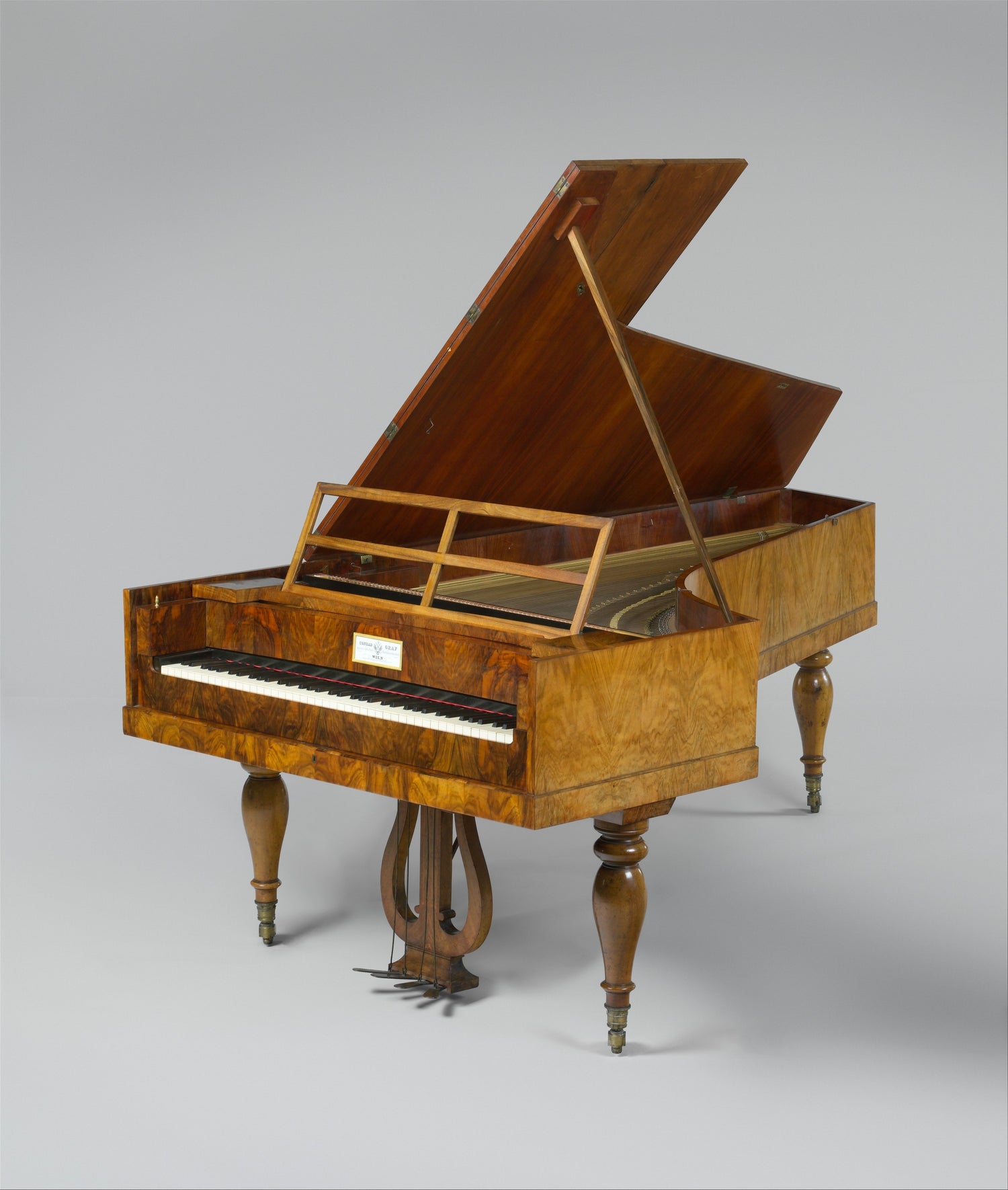
A Revolution in Music
Fortepiano
The fortepiano, the early ancestor of the modern piano, emerged in the early 18th century, revolutionizing keyboard music with its ability to produce varying degrees of volume. Unlike the harpsichord, which plucked strings, or the clavichord, which struck them with tangents, the fortepiano used hammers to strike the strings, allowing for dynamic expression from soft (piano) to loud (forte). This innovation opened up new avenues for composers and performers, enabling them to convey a wider range of emotions and musical nuances. Early fortepianos were smaller and lighter than their modern counterparts, with a more delicate sound and a shorter sustain. Over time, improvements in their design, including the development of stronger frames and more sophisticated action mechanisms, led to the evolution of the powerful and versatile piano we know today.
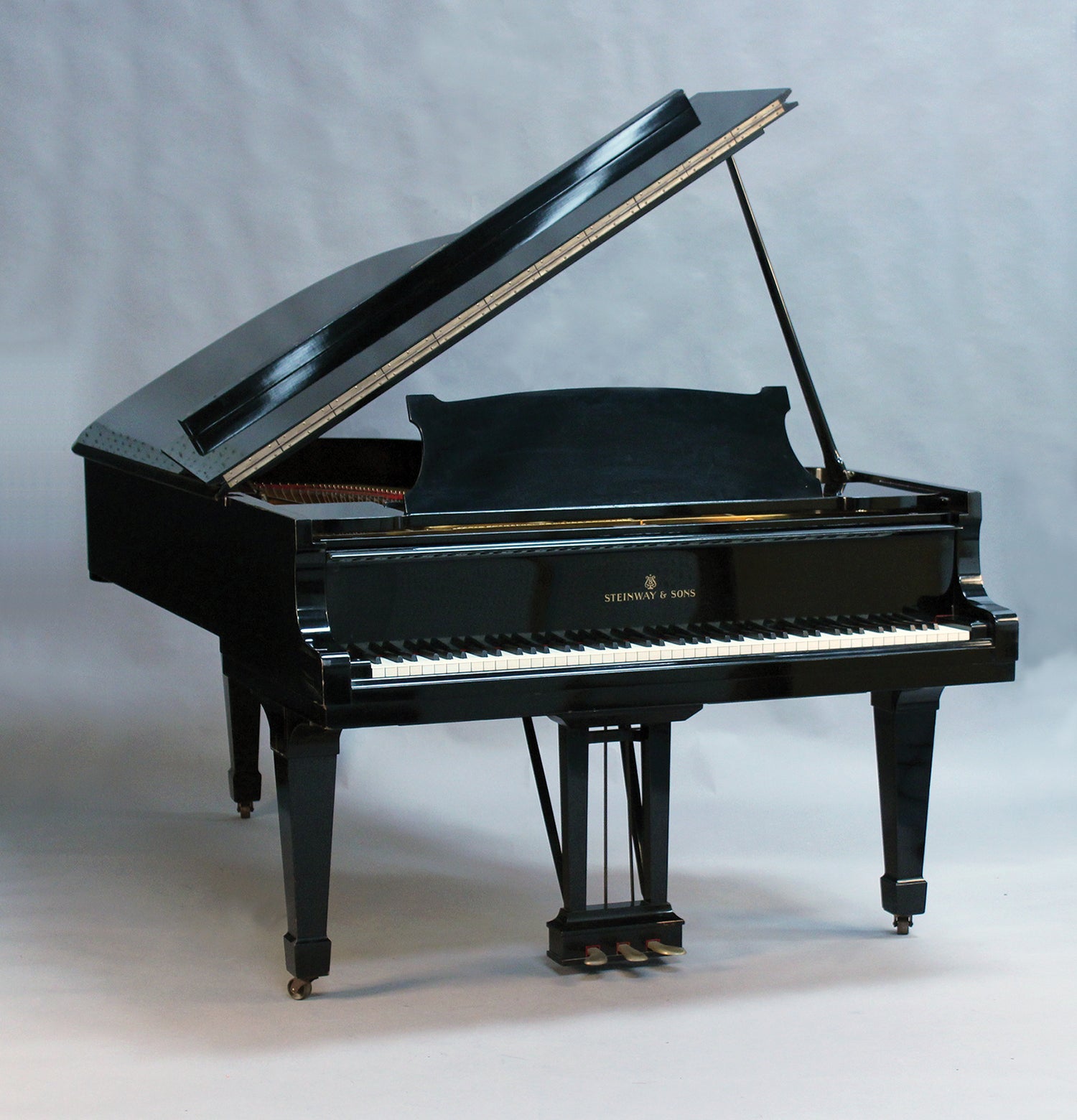
From Cristofori to Steinway
Piano
The piano, a cornerstone of Western musical tradition, evolved from the fortepiano in the 18th century, becoming a versatile instrument capable of both delicate nuance and powerful expression. Its hammered string mechanism allows for a wide dynamic range, from the softest pianissimo to the loudest fortissimo, and its sophisticated action enables precise control over articulation and phrasing. The piano's ability to sustain notes and create rich harmonies has made it a favorite among composers across genres, from classical to jazz and popular music. Over centuries, innovations in its design, including stronger frames, improved action mechanisms, and enhanced soundboards, have resulted in the modern grand and upright pianos, instruments capable of immense expressive power and technical virtuosity.
